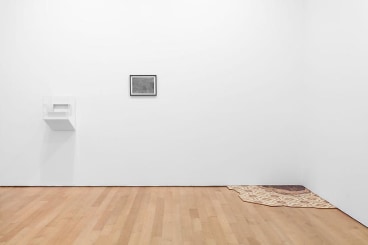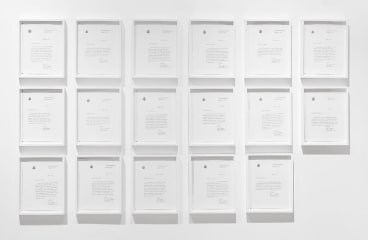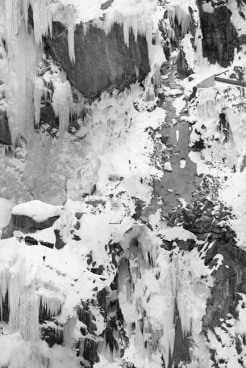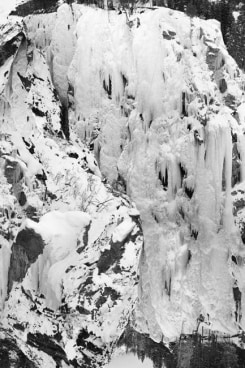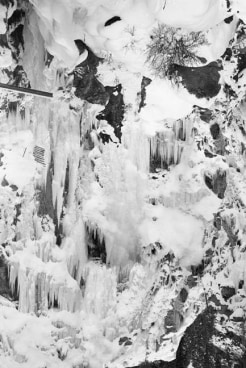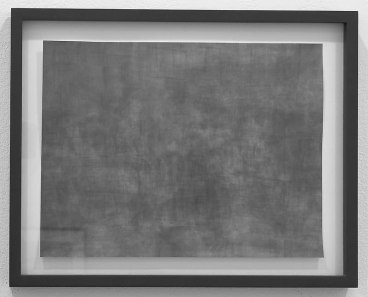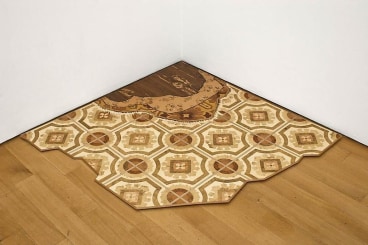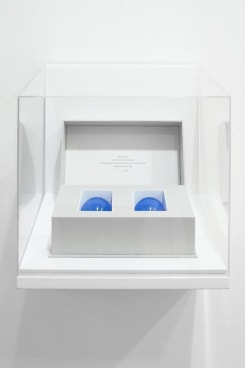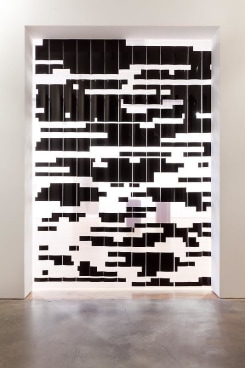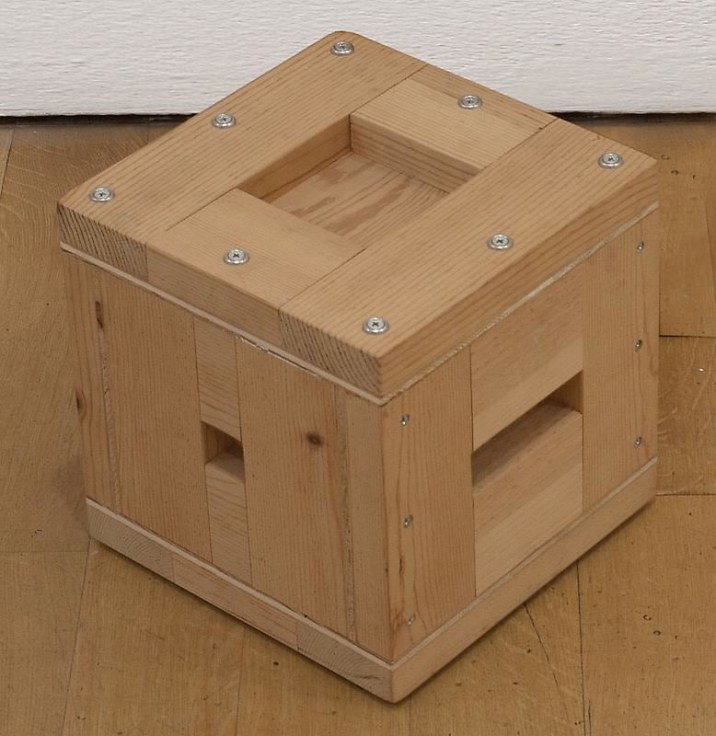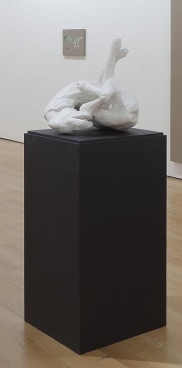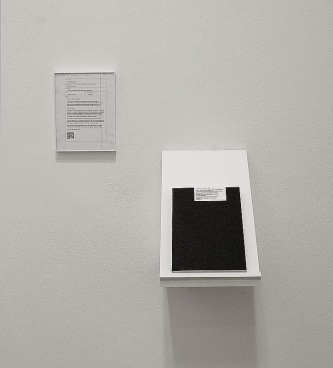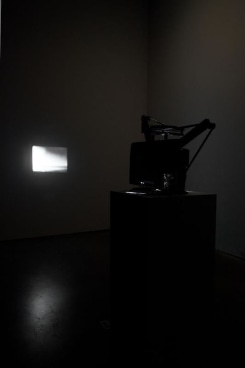
Object Fictions Installation view photo: Jason Mandella
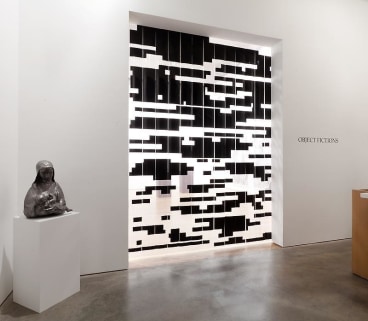
Object Fictions Installation view photo: Jason Mandella
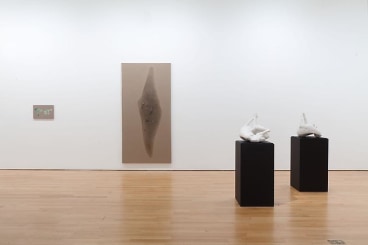
Object Fictions Installation view photo: Jason Mandella
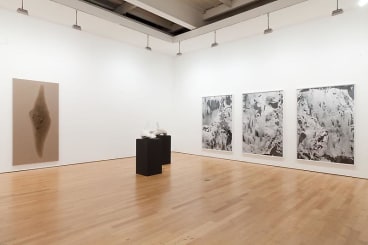
Object Fictions Installation view photo: Jason Mandella
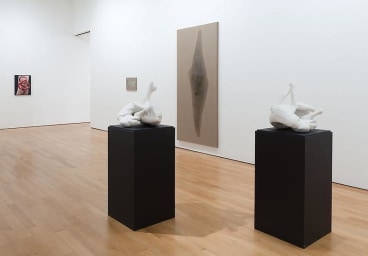
Object Fictions Installation view photo: Jason Mandella
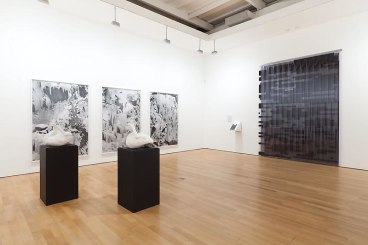
Object Fictions Installation view photo: Jason Mandella
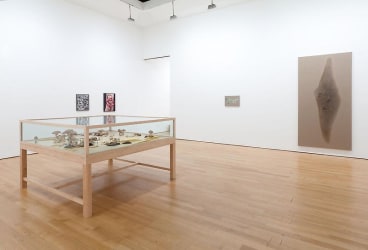
Object Fictions Installation view photo: Jason Mandella
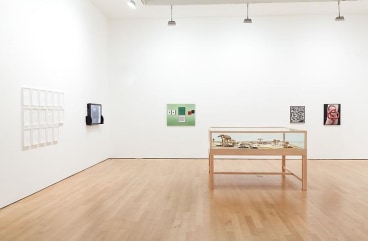
Object Fictions Installation view photo: Jason Mandella

Object Fictions Installation view photo: Jason Mandella
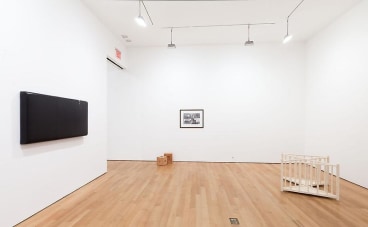
Object Fictions Installation view photo: Jason Mandella
Object Fictions Installation view photo: Jason Mandella
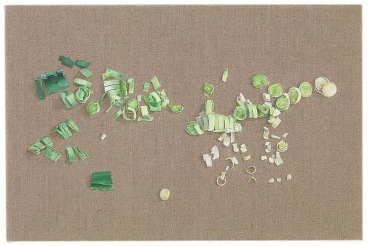
HELENE APPEL Chopped Leek 2011 oil on linen 20 ½ x 13 ½ inches 60.96 x 50.80 x 40.64 cm Courtesy of the artist and The Approach, London
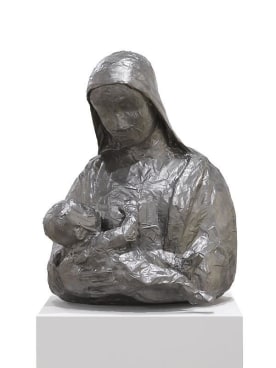
MATT JOHNSON Mother and Child 2011 stainless steel 24 x 20 x 16 inches 60.96 x 50.80 x 40.64 cm Courtesy of the artist and Blum & Poe, Los Angeles
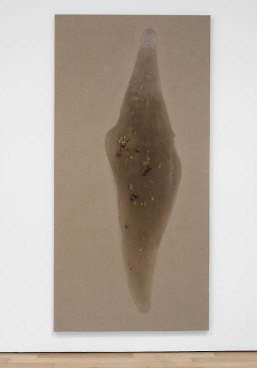
HELENE APPEL Puddle (3) 2011 acrylic, oil and resin on canvas 100 3/8 x 49 1/4 inches 255 x 125 cm Courtesy the artist and The Approach, London
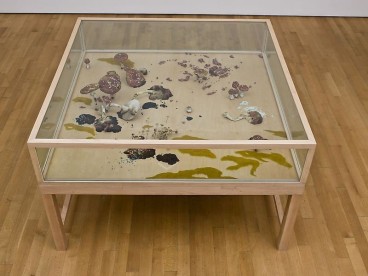
ROXY PAINE A vs. B 2004 polymer, oil, lacquer, wood, glass 45 x 75 1/2 x 75 1/2 inches 191.77 x 191.77 x 114.30 cm Courtesy of the artist and James Cohan Gallery, New York

KAZ OSHIRO Untitled Painting, Upholstery (black/diamond with vertical trim, black and silver duct tape), 2011 Acrylic on stretched canvas over upholstery form and panel 31 ½ x 60 ½ x 5 inches 80 x 153.67 x 12.70 cm Courtesy of the artist and Galerie Frank Elbaz, Paris
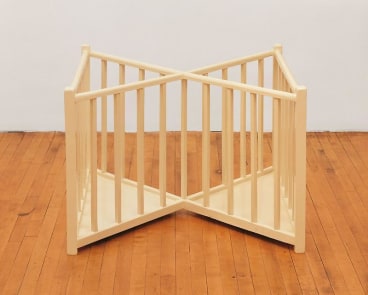
ROBERT GOBER X Playpen 1987 wood and enamel paint 27 x 37 x 37 inches 68.58 x 93.98 x 93.98 cm Private collection
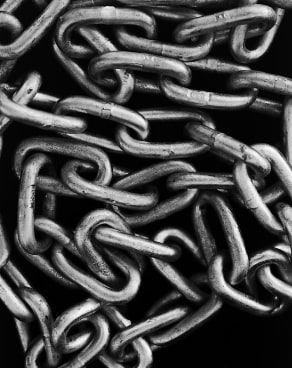
TALIA CHETRIT Chain 2011 silver gelatin print 20 x 16 inches 40.64 x 50.80 cm Courtesy the artist and Renwick Gallery, New York
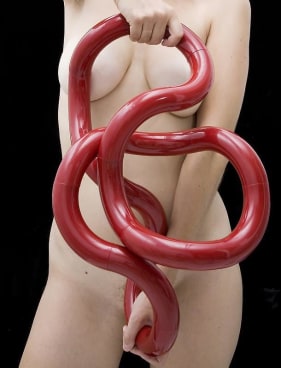
TALIA CHETRIT Modular Nude 2011 digital C-print 26 x 20 inches 66.04 x 50.80 cm Courtesy the artist and Renwick Gallery, New York
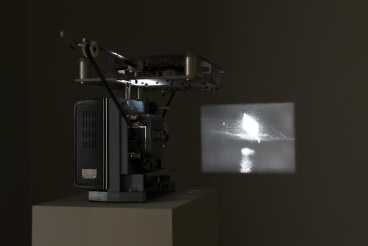
PATRICIA DAUDER March 5th 1979 2011 16mm black and white film Duration: 4 minutes 20 seconds Courtesy the artist and ProjecteSD, Barcelona
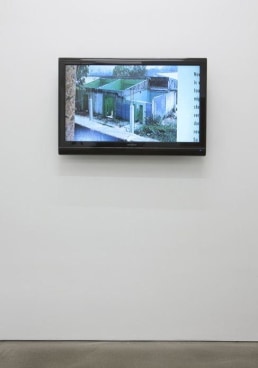
HARRELL FLETCHER Robert Smithson: The Hotel Palenque 2011 color video, sound Duration: 25 minutes
TREVOR PAGLEN Seventeen Letters from the Deep State 2011 inkjet print 11 x 8 1/2 inches (each) 27.9 x 21.6 cm (each)
YAEL BARTANA 22. The Missing Negatives of the Sonnenfeld Collection 2008 black and white photograph 15 3/8 x 23 inches 39.05 x 58.42 cm
NORIKO FURUNISHI Ice Park (B) 2007 C-print 89 1/4 x 60 inches 226.70 x 152.40 cm
NORIKO FURUNISHI Ice Park (D) 2007 C-print 89 1/4 x 60 inches 226.70 x 152.40 cm
NORIKO FURUNISHI Ice Park (C) 2007 C-print 89 1/4 x 60 inches 226.70 x 152.40 cm
TOM FRIEDMAN Unique B/W Photo 1997 photograph 9 1/2 x 13 inches
ALISON ELIZABETH TAYLOR Armstrong Congoleum 2011 wood veneer, shellac, aluminum 47 x 47 inches 119.38 x 119.38 cm
KATIE PATERSON Limited Edition Light Bulb to Simulate Moonlight 2008 Light Bulbs with halogen filament, frosted coloured shell, 28W, 4500K
JENNIFER MARMAN & DANIEL BORINS Stripped PVC and vinyl 146 x 107 x 1 inches 370.84 x 271.78 x 2.54 cm
RICHARD ARTSCHWAGER Untitled (1000 Cubic Inches) 1996 Plywood and pine with steel hardware 12 x 12 x 12 inches 30.48 x 30.48 x 30.48 cm
ALLAN MCCOLLUM The Dog from Pompei 1992 Polymer-modified Hydrocal 21 21 x 21 inches 53.34 x 53.34 x 53.34 cm
ALLAN MCCOLLUM The Dog from Pompei 1992 Polymer-modified Hydrocal 21 21 x 21 inches 53.34 x 53.34 x 53.34 cm
INTERNATIONAL NECRONAUTICAL SOCIETY (INS) "Calling All Agents: Transmission, Death, Technology" General Secretary's Report to the INS by Tom McCarthy, 2003 Authorized Copy (Authentic Series), 2011 Official document, cloth-bound, labeled
RICHARD ARTSCHWAGER Untitled 1996 Plywood and pine with steel hardware 7 x 13 x 11 inches 17.78 x 33.02 x 27.94 cm
“Fiction reveals truth that reality obscures.” – Ralph Waldo Emerson
James Cohan Gallery is pleased to present OBJECT FICTIONS, a group exhibition curated by Jessica Lin Cox and Elyse Goldberg, opening on January 6 and running through February 11, 2012. The exhibition includes work by Helene Appel, Richard Artschwager, Yael Bartana, Talia Chetrit, Patricia Dauder, Harrell Fletcher, Tom Friedman, Noriko Furunishi, Robert Gober, International Necronautical Society (INS), Matt Johnson, Louise Lawler, Jennifer Marman and Daniel Borins, Allan McCollum, Kaz Oshiro, Trevor Paglen, Roxy Paine, Katie Paterson, and Alison Elizabeth Taylor.
OBJECT FICTIONS assembles a diverse group of artists whose works investigate notions of perception, in its many definitions. Through a variety of media and processes, these artists explore the potential of ordinary objects, historical events, invented narratives and in some cases even other artworks, to expose reality through the lens of fiction. Through sustained looking, the works in this exhibition challenge us to consider what constitutes an object, an image, and in the broadest sense, what constitutes truth.
In her exquisite paintings on raw linen, such as Chopped Leek (2011), Helene Appel focuses her minimalist version of trompe l’oeil on often overlooked common objects, elevating the ordinary to the extraordinary. In a recent essay on Appel, Anna-Catharina Gebbers states: “Her subjects have already been accessories to the performances of the everyday; the chopping of onions, the sweeping up of crumbs. Now, placed on the canvas, the things can act to reveal themselves.” In Appel’s work, it is the careful, painstaking process of crafting the fiction of the object which reveals the intricacies and depth of dimension contained within the object itself.
Kaz Oshiro and Alison Elizabeth Taylor also employ the ideas and methods of trompe l’oeil in innovative ways. In her recent body of work, Taylor makes paradoxical use of fine materials to carefully reproduce vignettes from the disintegrating foreclosed homes found in her home state of Nevada. The marquetry floor piece she created for this exhibition, Armstrong Congoleum (2011), suggests the illusion of layers of vinyl flooring peeling back in disrepair yet is in fact meticulously composed entirely of wood veneer. Similarly, Oshiro’s Untitled Painting, Upholstery (black / diamond with vertical trim, black and silver duct tape) (2011) might first present itself as a vintage car seat cushion, complete with an improvised repaired edge after years of use. Yet upon closer inspection, the object subverts the viewer’s expectations with the discovery that it is in fact a painting. As Christina Valentine has observed of Oshiro’s work, “The idea of the doppelganger, a ghostly double that haunts the physical object, serves as an easy metaphor to define the semiotic theft and switching of signs.”
This moment of subversion and the sudden shift in perception is an important conceit for many works in the exhibition. Patricia Dauder’s 16mm film, March 5th, 1979 (2011), portrays luminous phenomena in the Canary Islands long-rumored to be extraterrestrial in origin until they were recently revealed to be the result of ballistic missiles launched from US Navy submarines. Noriko Furunishi creates mysterious vertical landscapes recalling Chinese and Japanese traditional hanging scrolls, which upon further examination are actually collaged images taken from multiple points of view.
Matt Johnson and Robert Gober are renowned for creating works that thwart our expectations of the objects they appear to resemble. Gober’s X Playpen (1987) references a familiar domestic object known to promise security, but has instead been drastically changed to amplify latent anxieties about childhood and the home. Johnson’s Mother and Child (2011) wryly plays with the sanctity of representing these revered religious figures in art history, transforming Mary and the infant Jesus into a duct-tape sculpture cast in stainless steel.
Appropriation, assumed authorship and invented narrative are the subject of selected works by Harrell Fletcher, Louise Lawler, Trevor Paglen, and the International Necronautical Society. Fletcher’s video, Robert Smithson: The Hotel Palenque (2011), is a video-based appropriation of Smithson’s often referenced lecture from 1969, which Fletcher filmed from the pages of Parkett magazine where the text of the lecture was first reproduced. Louise Lawler, a member of the Pictures Generation movement of the 1970s and 80s, became well-known for her photographs framing other artists’ artworks in the varied contexts in which they were installed and viewed. (Allan McCollum and Other Artists) Chartreuse/Red/Black (1981) documents works by Lawler’s peers, including Sherrie Levine, whose works rely on the use and appropriation of other artworks. Lawler and Levine were influenced in turn by Roland Barthes’ famous line, written in 1967: "The birth of the reader must be at the cost of the death of the author.”
Trevor Paglen’s series of documents, Seventeen Letters from the Deep State (2011), are photocopies of what appear to be forged US State Department letters authorizing “extraordinary rendition,” the illegal transfer of suspected terrorists outside the bounds of legally protected territories for the purpose of gathering intelligence via torture. The letters are signed by a State Department official named "Terry A. Hogan," whose signature, upon closer inspection, is noticeably different throughout the series. Other evidence unearthed by journalists indicates that this official may have never existed.
Also on display is an “authorized copy” of Calling All Agents: Transmission, Death, Technology, General Secretary’s Report to the International Necronautical Society (2011), a document of the fictive society founded by Tom McCarthy in 1999. Though operating as a fiction, the International Necronautical Society nevertheless creates a space for discourse and interventions in art and culture through publications, lectures and other public forums.
Other works include:
Richard Artschwager’s small crates, Untitled (1000 Cubic Inches) (1996), are part of a special edition created for Parkett magazine. Made of untreated pinewood, the crates are carefully fabricated with the elements and protective coverings common to the transport of fine artworks. However, in this case the crates themselves are the artwork, serving as visual imposters that call into question both content and context.
Yael Bartana’s photograph from the series, The Missing Negatives of the Sonnenfeld Collection (2008), creates an intervention into the collection of well-known photographs by Leni and Herbert Sonnenfeld. Documenting early Jewish settlers to Palestine in the 1930s, the Sonnenfeld photos were a galvanizing set of images that helped to promote the early organization of the state of Israel. Using the same visual tropes of early Communist and propagandistic styles, Bartana’s utopian image depicts young Jews and Palestinians living together on a kibbutz in Tel Aviv, jointly building a peaceful community (without war).
Specific objects and props recur throughout Talia Chetrit’s work. In Modular Nude (2011), a mysterious sculpture strategically obscures a female form, a subtle critique of the art historical precedent of using the female body as prop. In a recent review of her work, Dan Fox comments: “Chetrit’s photographic still life studies intersect with historical allusion and commentary on how photography’s stylistic codes get absorbed into a mainstream of visual representation.”
Tom Friedman’s Unique B/W Photo (1997) is a self-portrait created from all the found negatives of photos taken of him growing up. Using his father’s enlarger, Friedman exposed each negative, consecutively, for a fraction of a second. Upon closer inspection, ghostly outlines reveal themselves and disappear in the same instant, reminding us of the fleeting nature of memory.
A commissioned work for the exhibition, Jennifer Marman’s and Daniel Borins’ Stripped (2012), is a curtain of PVC strips across the entrance of the main gallery onto which the artists have appropriated and abstracted the visual style of document censorship and redaction. The work relates to large format geometric painting, yet also transcends the formal to comment on the lack of transparency in (exhibitions) politics.
Allan McCollum’s The Dog From Pompei (1991) is a series of replicas made from the famed plaster cast of a chained dog smothered in ash from Mount Vesuvius in ancient Pompeii, 79 A.D. It was produced in collaboration with the Museo Vesuviano and the Pompei Tourist Board, Pompei, Italy, and Studio Trisorio, Naples, Italy.
Katie Paterson’s Light bulb to Simulate Moonlight (2009) consists of ice-blue incandescent bulbs designed to transmit wavelength properties identical to those of moonlight. It was created by the artist in collaboration with OSRAM, a German light bulb manufacturer.
Roxy Paine’s A vs. B (2004) is a large vitrine from his series of Replicants, hand-crafted simulacra of fungi and flora, depicting a Darwinian battle scene between competitive species of fungi and bacteria. Author, Eleanor Heartney, has suggested that Paine undermines the desire for the domestication of nature by creating works that present the natural world as a site of constant struggle and competition. For further information, please contact Jane Cohan 212-714-9500 and jane@jamescohan.com
